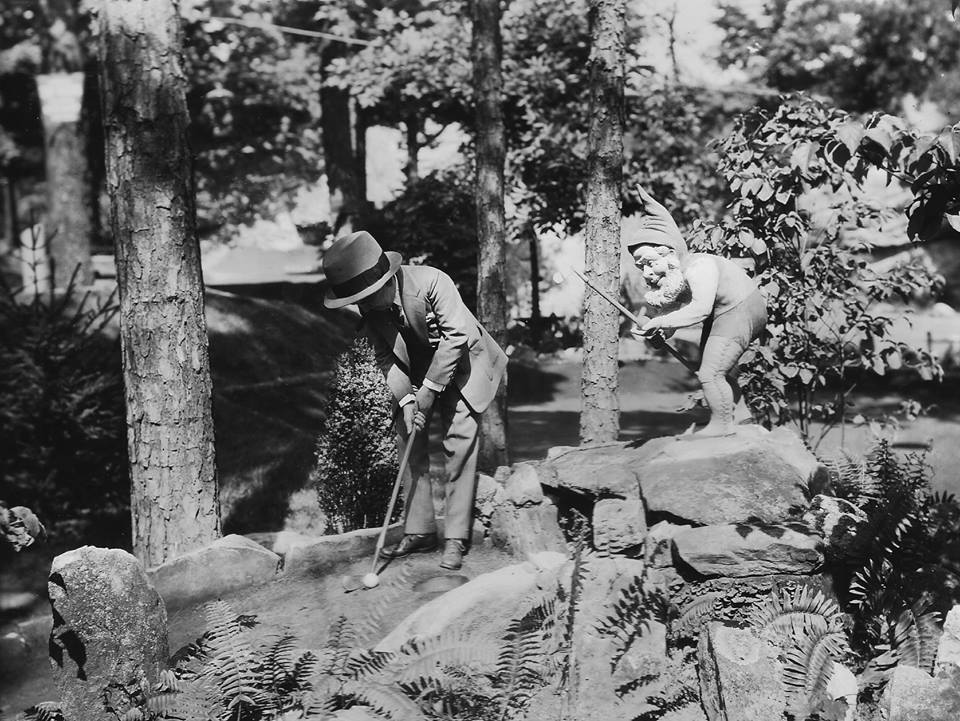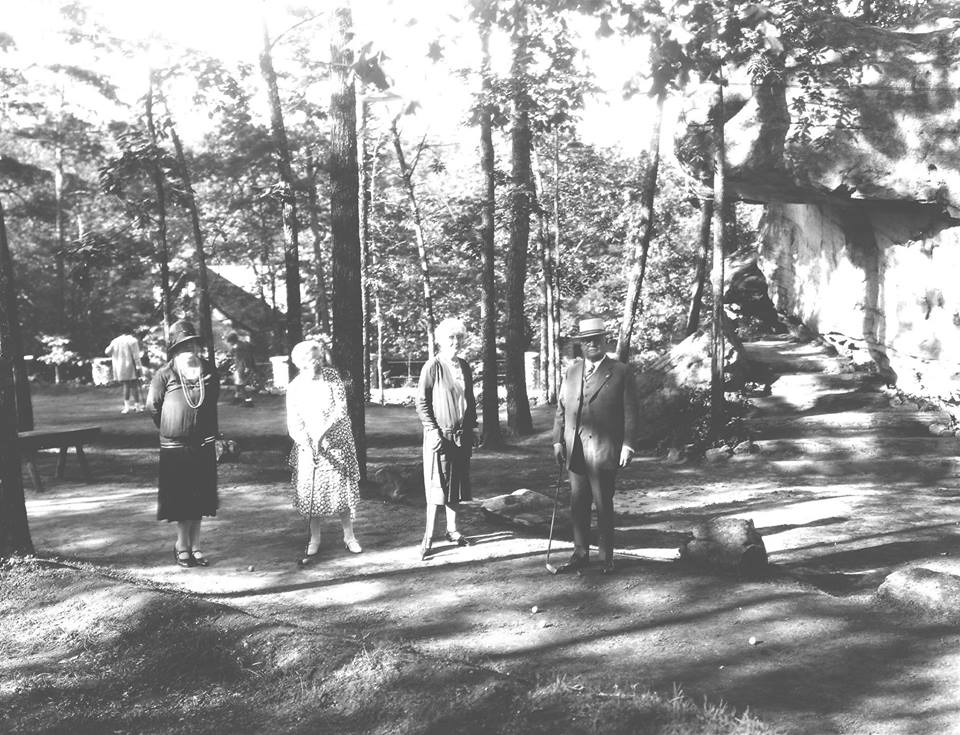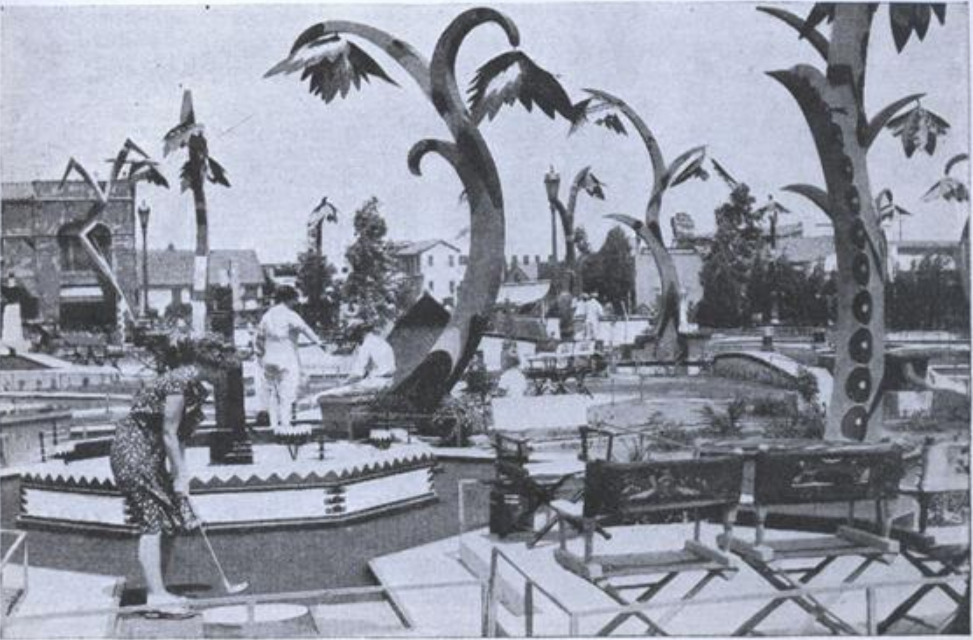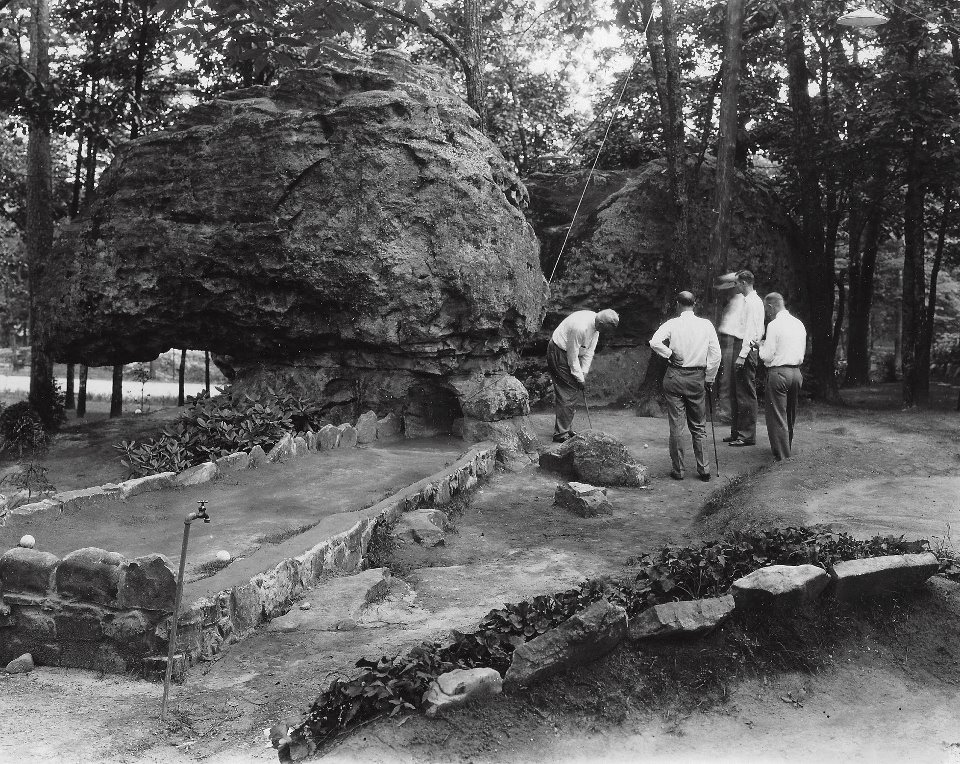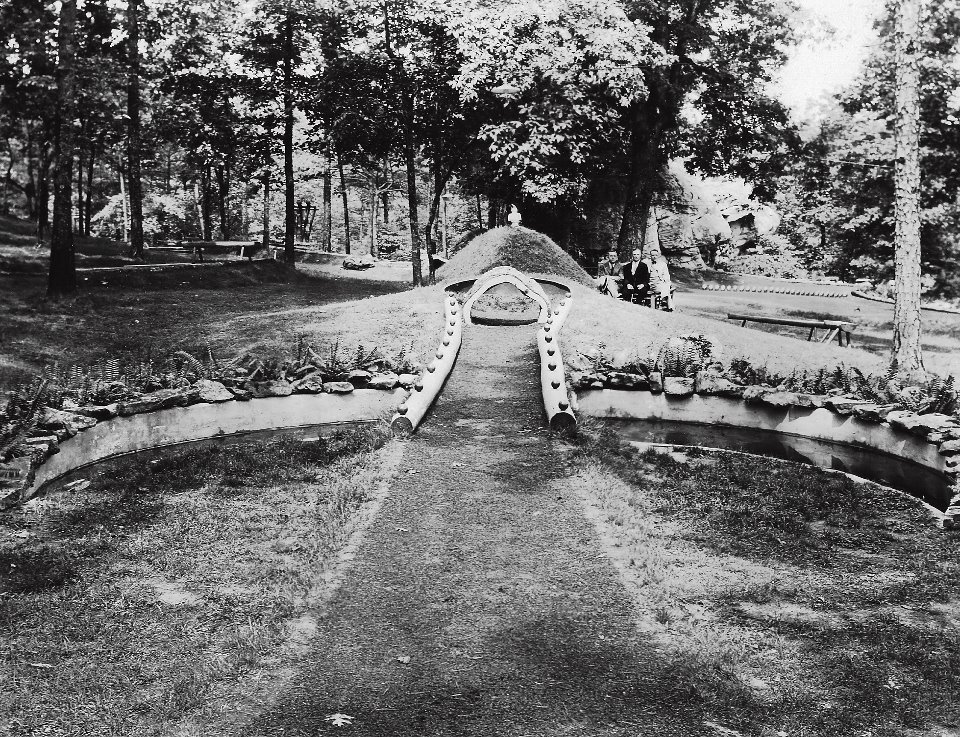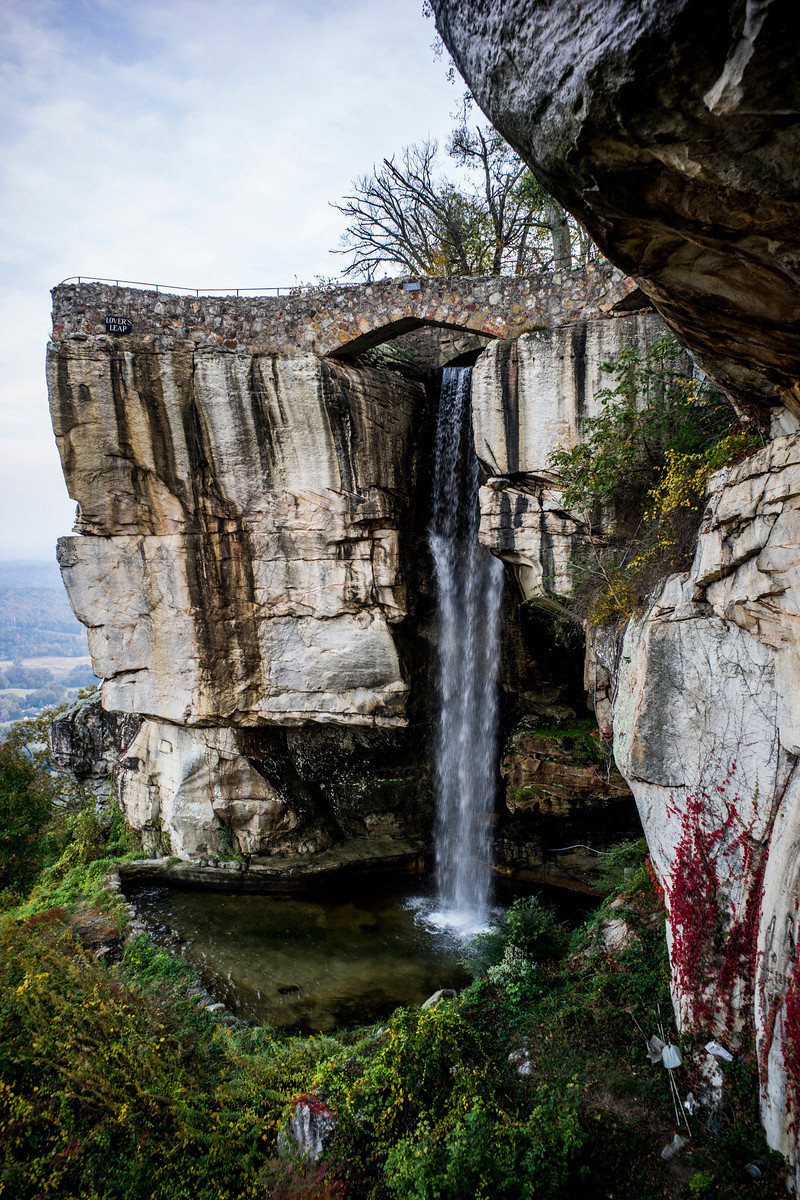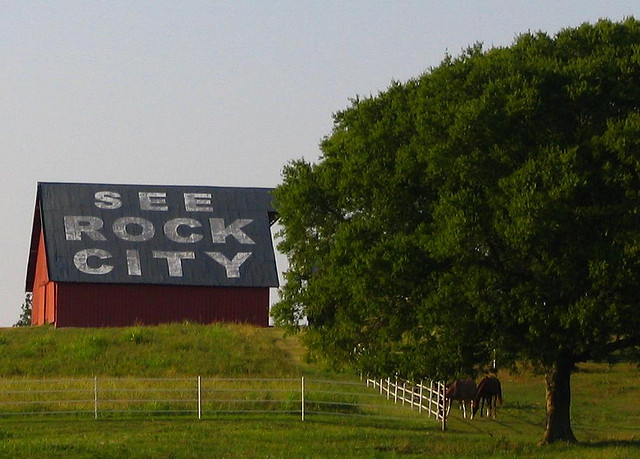Tom Thumb Golf from Joe Cornelius on Vimeo.
In 1928, Garnet Carter, a traveling salesman, decided to miniaturize the game of golf. It seems that the original golf course was taking too long to build. He needed something to entertain his guests at the Fairyland Inn.
The resort was called Fairyland, his wife Frieda, who was of German descent, had a fascination with European folklore. Tom Thumb was a little guy so he decided he would build a small golf course using that name.
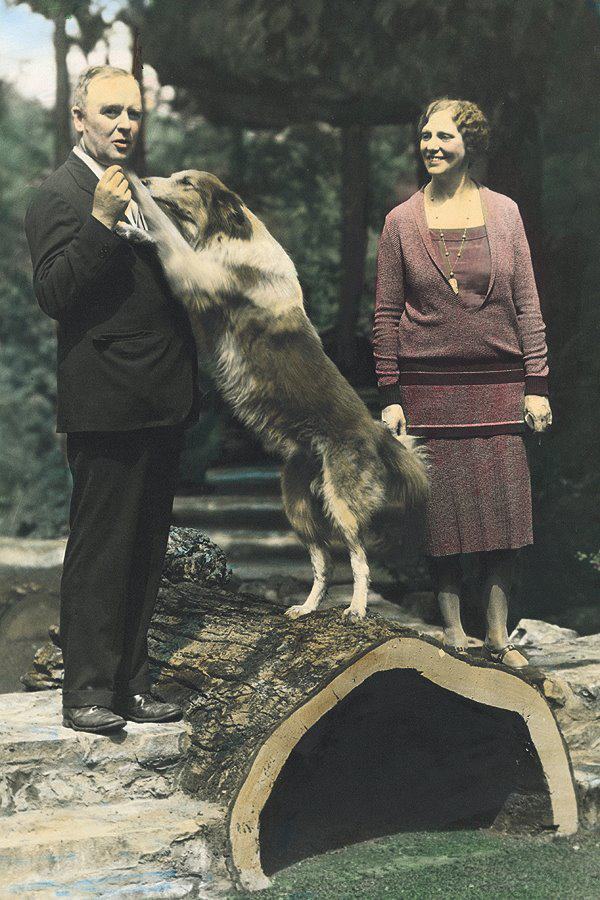
Garnet and Frieda Carter photo copyright Garnet Carter Chapin
“Garnet Carter was an entrepreneur, and he developed 300 acres here on top of Lookout Mountain as a resort community in 1928. With the Fairyland Inn as the cornerstone of his development, he had plans to continue development with a world class 18 hole golf course. The golf course construction went slowly. Uncle Garnet decided that they needed some entertainment for their guests at the Inn. He came up with the idea of miniature golf.”
An unintended sucess
An excerpt from the January 1931 Modern Mechanix magazine
“Garnet Carter loved his golf fanatically. Next to sociability, a round of golf was the next approach to happiness. Mr. Carter wasn’t out for money, mind you. He was a wealthy man in his own right. But it was Mr. Carter’s unselfish motive to impart to others the happiness which he enjoyed.
The Fairyland Golf Club which Mr. Carter operated in conjunction with his hotel cost him $300,000. It was a highly developed layout. Near the clubhouse he set up a practice putting green. Nothing very swell about it. But he just had a little extra space there, so he decided to use it in this fashion. In time this little area was turned into a short pitch and putt course. It was blended with the clubhouse grounds.
The very observing Mr. Carter was surprised to find that most of the clubhouse guests tarried for rather long spells on the small pitch and putt course before going out on the major links. He noticed what a keen, insatiate interest some of the players showed in this. So one day, quite jokingly, he called his little creation his Tom Thumb course.
He started charging a fee for the use of his Tom Thumb course. This did not cut down the demand for it. It continued to grow in popu larity. Finally, he realized that the use of real turf on a course of this nature was an expensive proposition.”
So Carter looked for a substitute. He had several processes patented. One of the processes was for the surfaces of his miniature golf putting surface. He used recycled cotton hulls, which were being processed in Chattanooga into cottonseed oil.
It would later be refined and became a lasting international craze.Soon Tom Thumb courses opened all over America. Mary Pickford and her husband Douglas Fairbanks opened their own course in California. The game was so popular that movie stars were forbidden from being seen at a Tom Thumb golf course. Movie moguls considered the game competition for their movies.
Shown in the film below from the 1920s is a Tom Thumb course in Canada.
A handful of original or restored Tom Thumb courses are still in use today. Sadly, the original course at Fairyland no longer exists.
In the early 1930s, it was estimated that around 25% of the miniature golf courses in the US were Tom Thumb patented designs. Building on the popularity of the rinkie-dink courses, the Tom Thumbs featured similar hazards, built by workers in their “fantasy factory.”
By the end of the 1930s, some 4 million people in the US were playing miniature golf. Carter had made over one million dollars in two years from the game. With the uneasiness of the stock market and economy due to the depression, Carter sold all the rights to W. H. Robinson, a Heinz pickle manufacturer from Philadelphia, for $200,000.
Carter took the earnings from the miniature golf game and put the profits into a new tourist attraction on Lookout Mountain. That new attraction he called Rock City and created a really unique advertising campaign for the attraction – “See Rock City”
Pictures where noted are from the Garnet and Frieda Carter Facebook page

